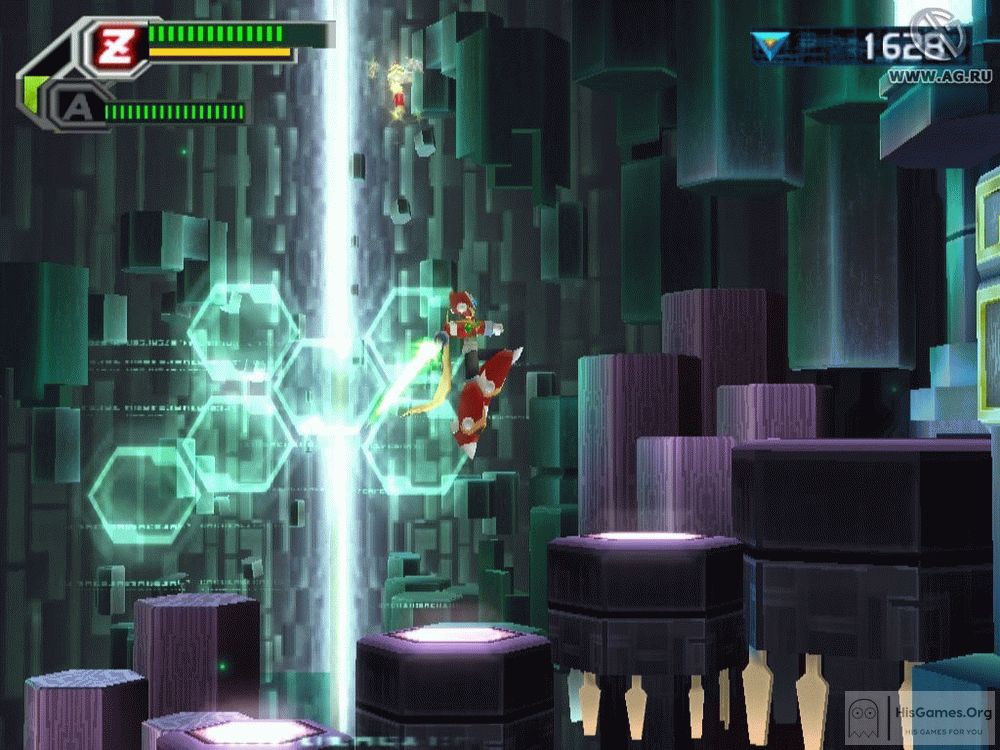


No intervention is needed unless the person begins developing signs and symptoms of the disease indicating it is progressing. Watch and wait involves regular monitoring of blood and general health. RARS is generally managed using the “Watch and Wait: Active Monitoring” approach with supportive care if or when required. This subtype of MDS affects women and men equally. The majority of people diagnosed with this subtype of MDS are generally older with the average age being 60-73. from the nose or gums), bruising and the need for more frequent blood transfusions. Signs that the disease may be progressing may include frequent infections, bleeding (e.g. The liver and spleen in this subtype may show evidence of iron overload. In this sub type there are less than 5% abnormal blast cells in the bone marrow and no blasts found in the circulating blood. The score is calculated based on the bone marrow blast (immature) cell count, number of blood cell types affected and number and type of genetic changes on a cellular level. This system predicts the risk of your disease transforming into an acute leukaemia or your likely prognosis. MDS is classified as low risk, intermediate-1 and intermediate-2 or high risk according to the International Prognostic Scoring System (IPSS) at diagnosis. What is the risk RARS will transform to acute myeloid leukaemia (AML)? RARS results in red cell dysfunction due to an abnormality or changes in the cell. This ring occurs as a result of the red blood cells being unable to process the iron that is used for making haemoglobin, therefore causing it to build up and be deposited within the red blood cell.

It is this ring that is seen under the microscope and accounts for the name ‘ring sideroblasts’. In RARS, a low number of circulating red blood cells have a ring like deposit of iron around the nucleus (where DNA is stored) of the cell. RARS constitutes about 3-11% of all myelodysplastic syndrome (MDS) cases.

For others it may progress rapidly into a different subtype of MDS or transform into an acute leukaemia. For many people, MDS can remain stable for many years causing few symptoms. MDS-RARS constitutes about 3-11% of all myelodysplastic syndrome (MDS) cases.
Federal rar rar#
Rar sat down with News10’s Solomon Syed to discuss the issues facing the 20th Congressional district.Home Blood cancer information Types of blood cancer Myelodysplastic syndromes (MDS) MDS – RARS MDS – RARS What is refractory anaemia with ring sideroblasts (RARS)? The winner of the primary will face republican Liz Joy in the November general election. He adds, “Once was ask them those questions we answer them, we create reforms to address them.” Rar is trying to unseat longtime representative and fellow democrat Paul Tonko. “How come our people of color, how come our people who are gender non-confirming, how come our women, how come our minorities are treated in ways that other people are not treated,” said Rar. His campaign centers around the environment, education and equality. Rar is a non-profit immigration attorney who came to the U.S. Candidates were able to use that extra time to campaign across the 20th district which now includes all of Albany, Schenectady and Rensselaer counties and the southern half of Saratoga county. Those new district lines were the focus of a federal lawsuit that pushed back the primary from June 28th to August. Rostislav Rar is trying to win the Democratic nomination in the newly re-drawn 20th Congressional district. ALBANY, NY.Y (NEWS10) – New York’s second primary takes place on August 23.


 0 kommentar(er)
0 kommentar(er)
